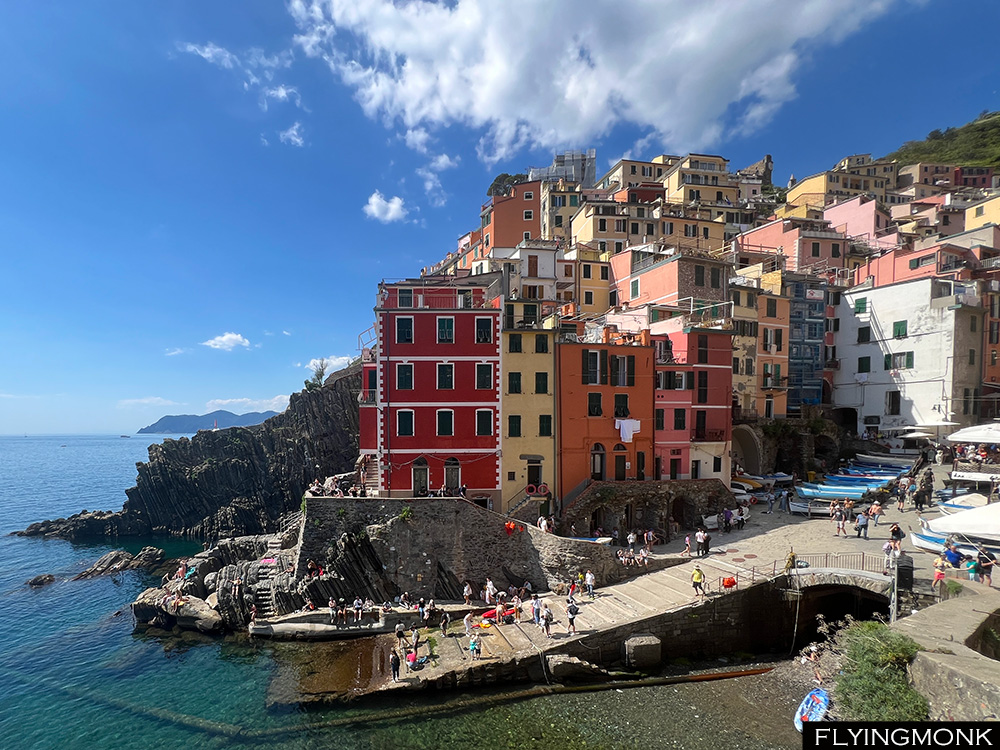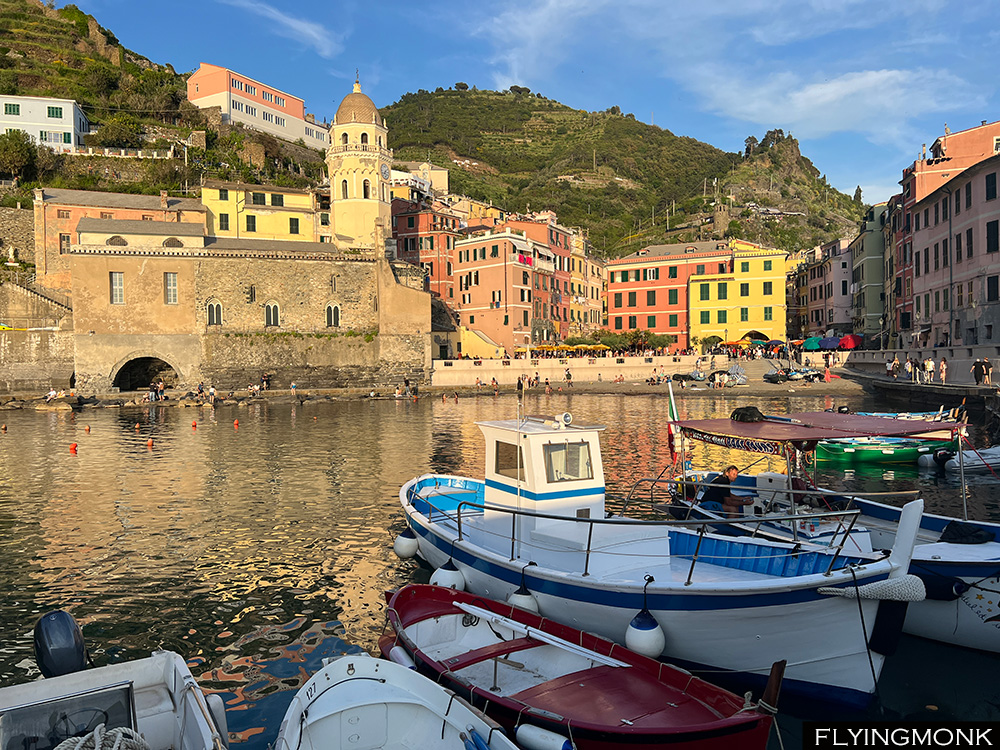
It is said that it took Michelangelo nine month to obtain the block of marble out which he shaped David. And it is not known exactly where from but the marble seemed that came from the village of Colonatta perched high in the Apaun Alps, near Carrara. Nowadays large blocks of marble are extracted using a technique developed by an Italian engineer, Adolfo Corsi, who used to cut bridges during the war. Using similar technique of bridge cutting he developed a machinery and a process of extracting the marble from inside the mountain, creating huge caves connected with the outside by tunnels where huge trucks and large machinery roar out the marble from the underground.

Working inside the caves is probably better than in the 40C+ temperatures outside where also it seems that you can cut only smaller blocks. The Carrara marble is of many types based on its various colors from the white-gray to the white-golden, its availability and clients’ desire determining its market price that varies a lot from $200 to $15000/ton.

The tradition credited Greek refuges of the 8th century to be the first inhabitants of Riomaggiore, the first of the five villages that make Cinque Terre. But contrary to the popular belief, in spite of being located by the sea, on the coast, the Cinque Terre villages were not fishing villages. The locals used to live deeper in the hills, afraid that the Saracens’ sea invasion would destroy their households. Around the 11th century, the danger seemed to subsided and they moved off the hills toward the coast for an easier hauling of their precious merchandise, their wine.

Cinque Terre is a lovely place inviting to explore. We chose to hike the hill that separates Riomaggiore from Manarola, a 600 steps up and another 600 steps down into Manarola. It’s a steep uphill hike especially if you don’t know what to expect but this route was taken many times a day by the locals who were carrying grapes from the vineyards.

You could see on the way walls supporting terraces sometimes extending the steps built into the hill on which we were climbing. The rugged and rocky trail passes near vineyards, olive and lemon trees and it takes about an hour to reach Manarolla.

Manarolla location may date from the Roman age, its name referring to Manium Arula that means “little altar of the Mani Gods”. But the current village was settled around the 12th century with people coming from Volastra, a village located higher up.


Corniglia is still hanging on top of the mountain. From the train station is a 20-30 minutes walk uphill to reach the village that is served also by a bus. Its name is probably related to Gens Cornelia, the Roman family who owned in antiquity the land.

Vernazza has a tiny harbor sided by the locals’ boats and closed on one side by the church dedicated to Santa Margherita di Antiochia whose relic, a finger of her hand, appeared, got lost and reappeared again at the same spot on the shore. So the locals interpreted it as a nudge to built a church on that exact spot. In my view besides Manarolla, Vernazza are the two most scenic villages in Cinque Terre. So we decided to linger in the harbor for a dinner of tegame, a baked casserole of anchovy, potato and tomato that is considered a piece of Vernazza’s history.


You must be logged in to post a comment.